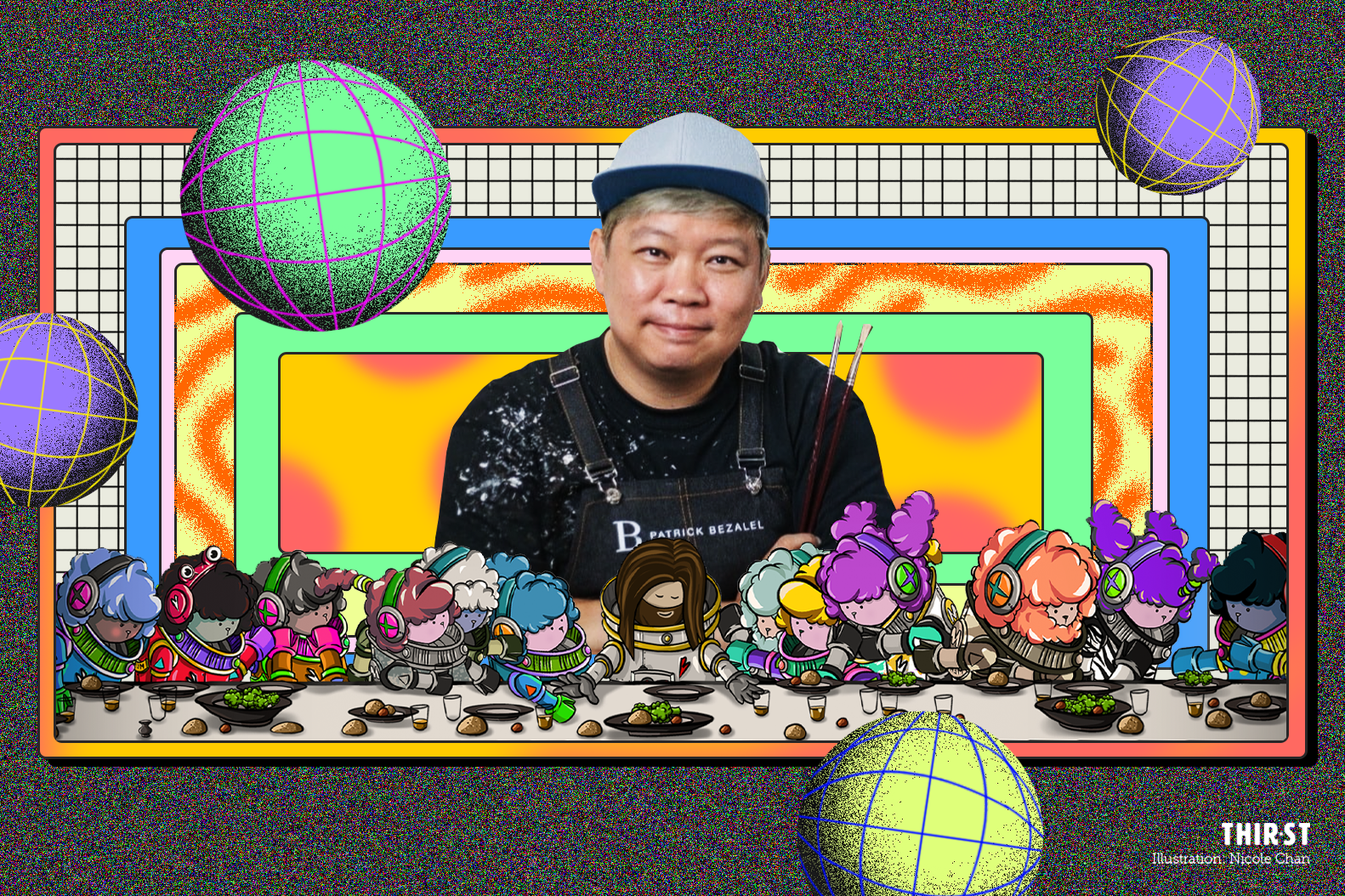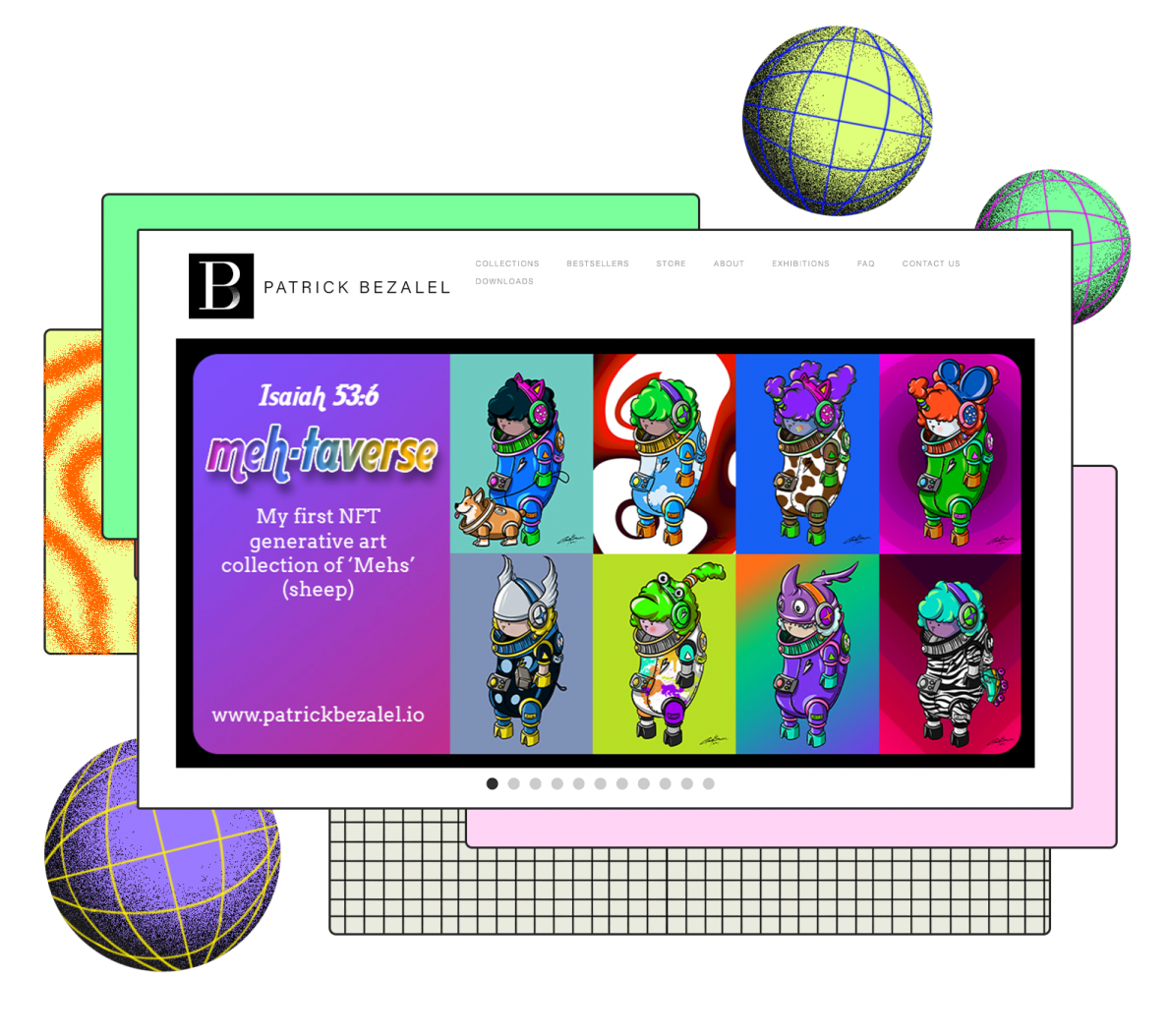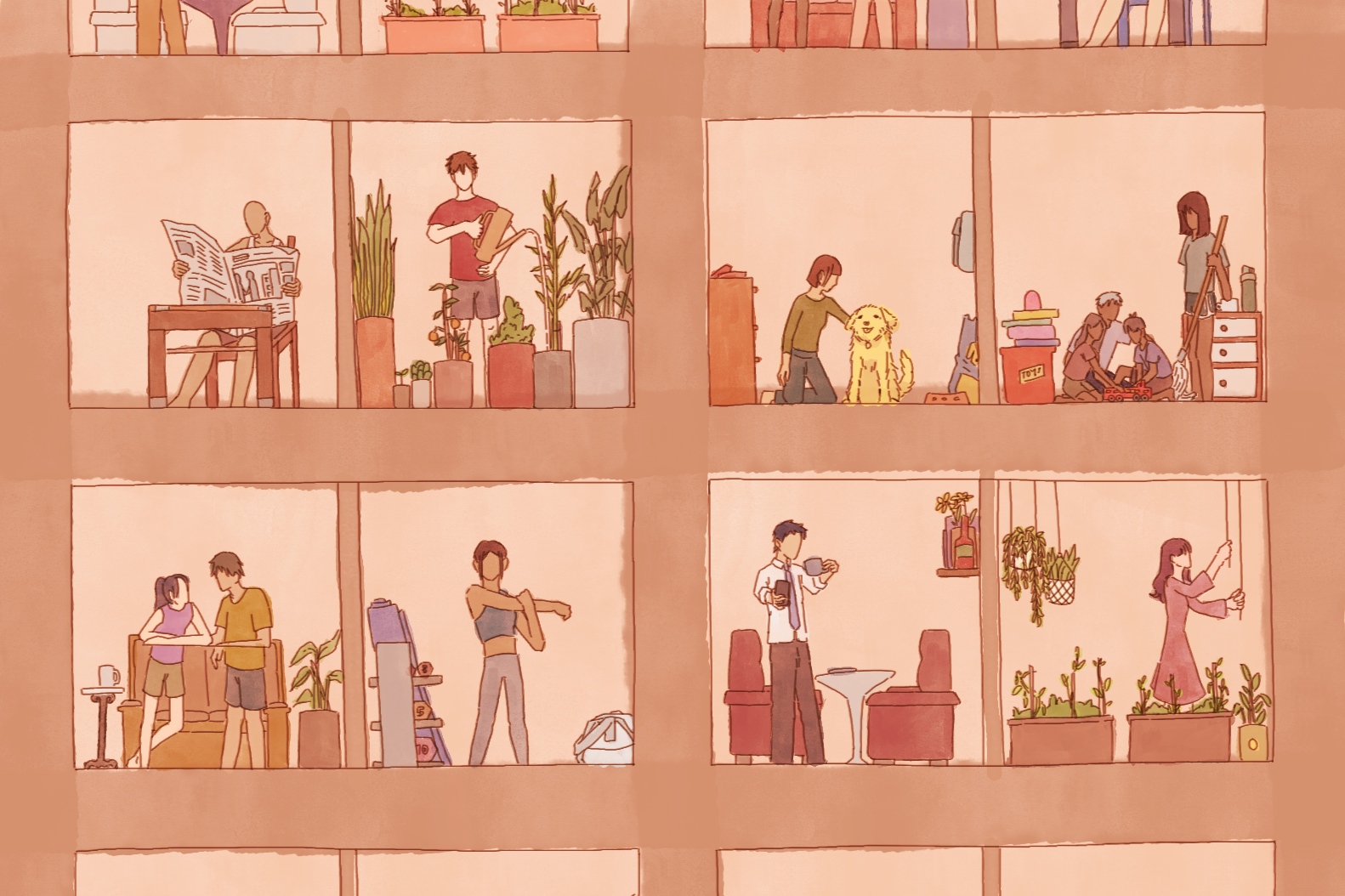What do virtual worlds, astronaut sheep and tulips have in common? Give up?
The metaverse.
Some of you might be thinking right now: “meta-what?”. And some of you might be thinking: “Oh, that thing that everybody’s talking about right now because Facebook changed its name right?”.
Ok, so here’s a quick primer. The metaverse is what titans of the digital sphere believe is how the next phase of the internet will look like.
With advances in real-time graphics rendering (seriously, watch this Unreal Engine 5 video), virtual and augmented reality hardware being more accessible, and an entire generation of digital natives coming of age, the metaverse is shaping up to be the super-immersive network of virtual worlds where the line between virtual and reality is further blurred.
Plus, the COVID-19 pandemic has helped to condition the entire world to do stuff they would normally do offline, online.
In short, virtual reality and society could start to look like the virtual worlds of The Matrix and Ready Player One very soon.

And yes, it is both exciting and frightening at the same time.
After all, if we’ve learned anything from sci-fi and cyberpunk, it is that this future can be dystopian: regulated by a few massive corporations, with the vast majority of the population content with living in squalid conditions while escaping to virtual worlds to seek comfort, companionship and meaning.
But new worlds also offer up new opportunities.
If we can be proactive instead of reactive, then we can play a meaningful role in shaping the metaverse while it’s still nascent.
Which brings me to astronaut sheep.
ENTER THE MEH-TAVERSE
Get it? Sheep go “meh”.
Sheep in astronaut outfits is the theme of prominent Christian artist Patrick Bezalel’s new collection of Christian NFT art, aptly named “Meh-taverse”.
NF-what? NFTs. Non-Fungible Tokens, duh! Everyone knows that!
Just kidding. Up till a couple of months ago, I (and most of the world) had no idea what this meant.
In the interest of not giving my editor a heart attack due to how long this piece would be if I were to explain NFTs properly to you, I will link you to this article instead.
Go ahead, have a read. I promise you it’s at least entertaining.
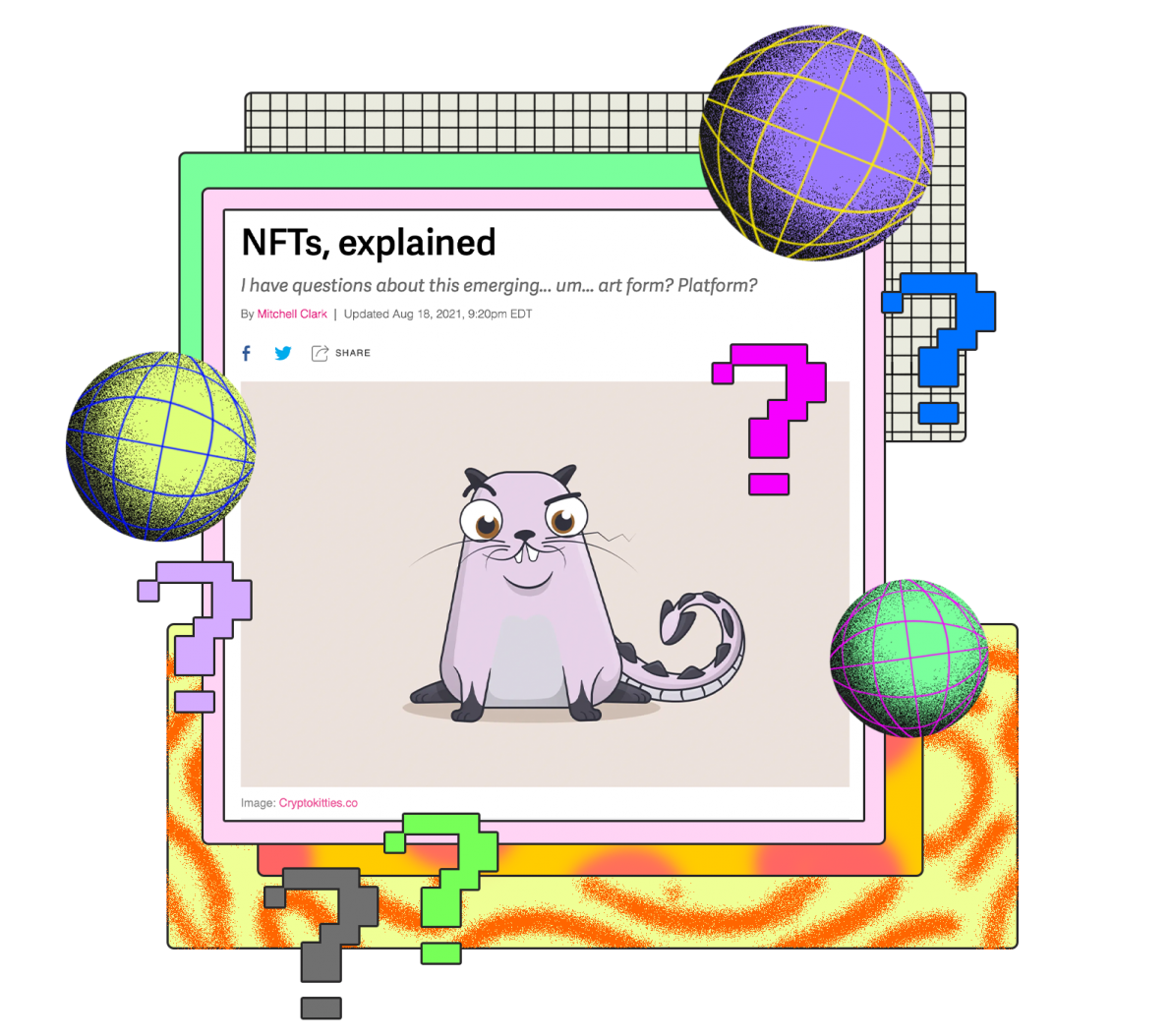
Back? Okay, take a deep breath. That was a lot to take in.
Didn’t read it? Let me paraphrase in my words:
Thanks to blockchains (the tech behind cryptocurrencies), NFTs are digital assets (e.g. art, photos, videos) that have a sort of a “certificate of authenticity”, allowing one to prove that they are the sole owner of the digital asset.
Still don’t get it? Here’s a one-liner from Patrick’s website:
An NFT is a unique, digital item with blockchain-managed ownership that users can buy, own and trade.
Now, back to the man himself.
I’ll be honest. I’m a fan of Patrick’s art, but when I heard that he was doing NFTs, my first reaction was — you guessed it — meh.
To me, the NFT space looked suspiciously like the tulip bubble. Tulips?!
Finally! Tulips! What???
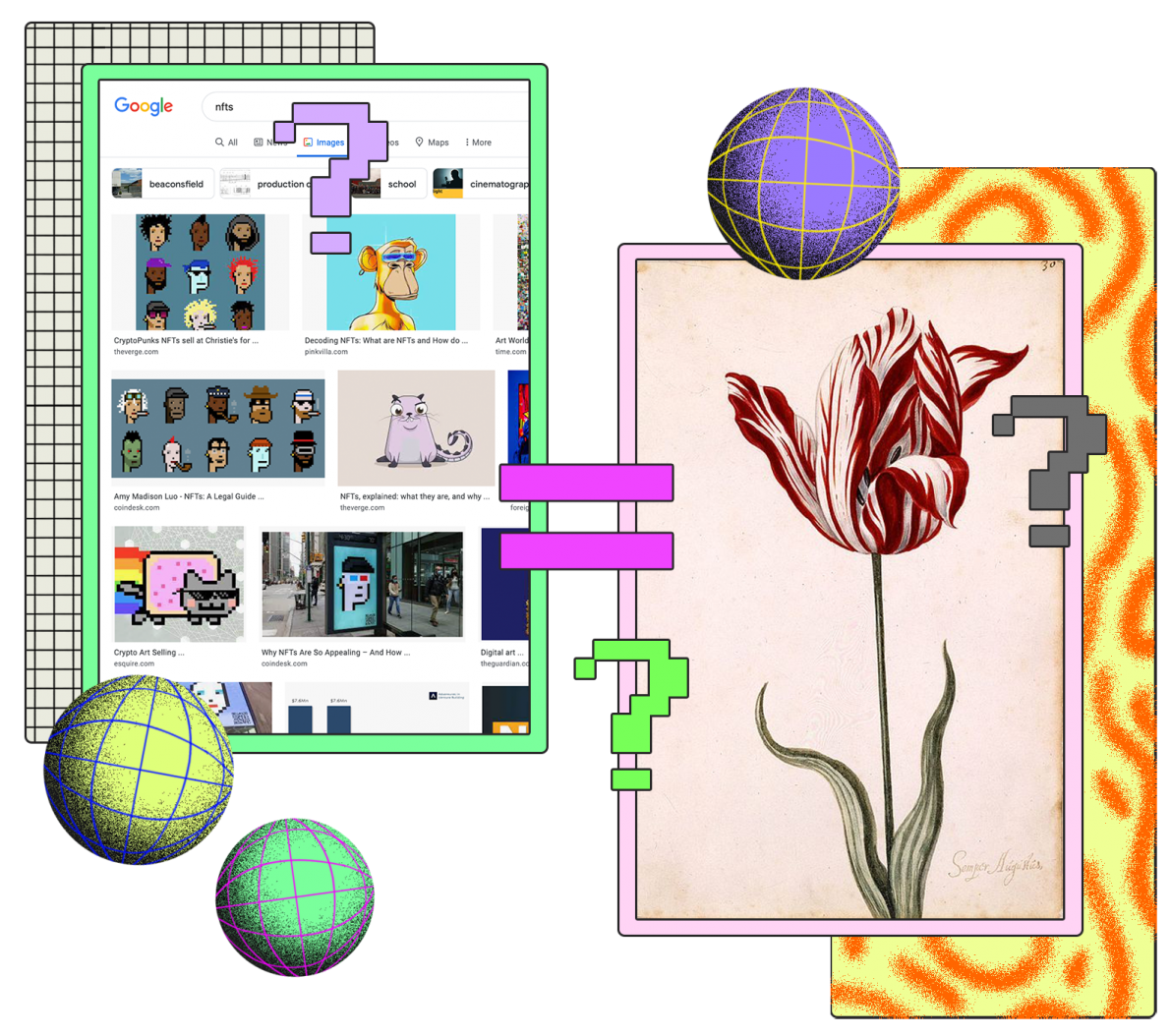
Yup. Did you know that in the early 1600s, there was a phenomenon called “tulip mania“that gripped Holland?
Back then, owning tulips somehow became a symbol of luxury, with the rarest tulip bulbs going for six times the average person’s annual salary.
In today’s money, assuming that the average annual wage in Singapore is about $55,000, that would mean a tulip bulb going for a whopping $330,000!
Of course, the high prices of tulips bulbs weren’t sustainable and eventually crashed, leaving many traders and investors with huge losses.
Are NFTs also a bubble rife with speculation? To a certain degree, yes.
But what of Patrick’s most recent endeavour? Is there a case for Christians to get involved with NFTs?
BRINGING LIGHT INTO THE VIRTUAL WORLD
Within a few minutes of talking to Patrick and his wife, Lily, it became clear to me that their work in the NFT space wasn’t a knee-jerk attempt at cashing in on the latest craze.
“There are a lot of preconceptions about what NFTs are. Some people told us, ‘whoa, these are speculative investments, don’t touch it!’
“But even after we started learning more about the space, it took us a while to get involved because we didn’t know how to navigate the space and didn’t have anyone else to advise us,” Lily recounted.
And yet they couldn’t bear to sit idly by while augmented and virtual reality were becoming more prevalent by the day.
“We don’t have kids, but we love children and often think about what our friend’s kids will be facing a couple of years down the line. Because right now, they are already engaging in virtual worlds like Minecraft and Roblox,” Lily said.

“We think that there’s a need for Christians to help build a metaverse where there’s good values. Our vision was always to bring the hope, love and joy of God into spaces.
“We’ve done that for physical spaces, and now we’re hearing the Lord say. ‘Okay, bring these things into digital spaces,’” Lily continued, noting that a lot of the art in the metaverse can be quite dark.
“We also went to research what is the ‘metaverse’ and learnt that it meant beyond the universe,” said Lily.
“At that point I just heard this phrase, “put my verse (word of God) into the meta through Patrick’s art and subsequently other faith-based artists.”
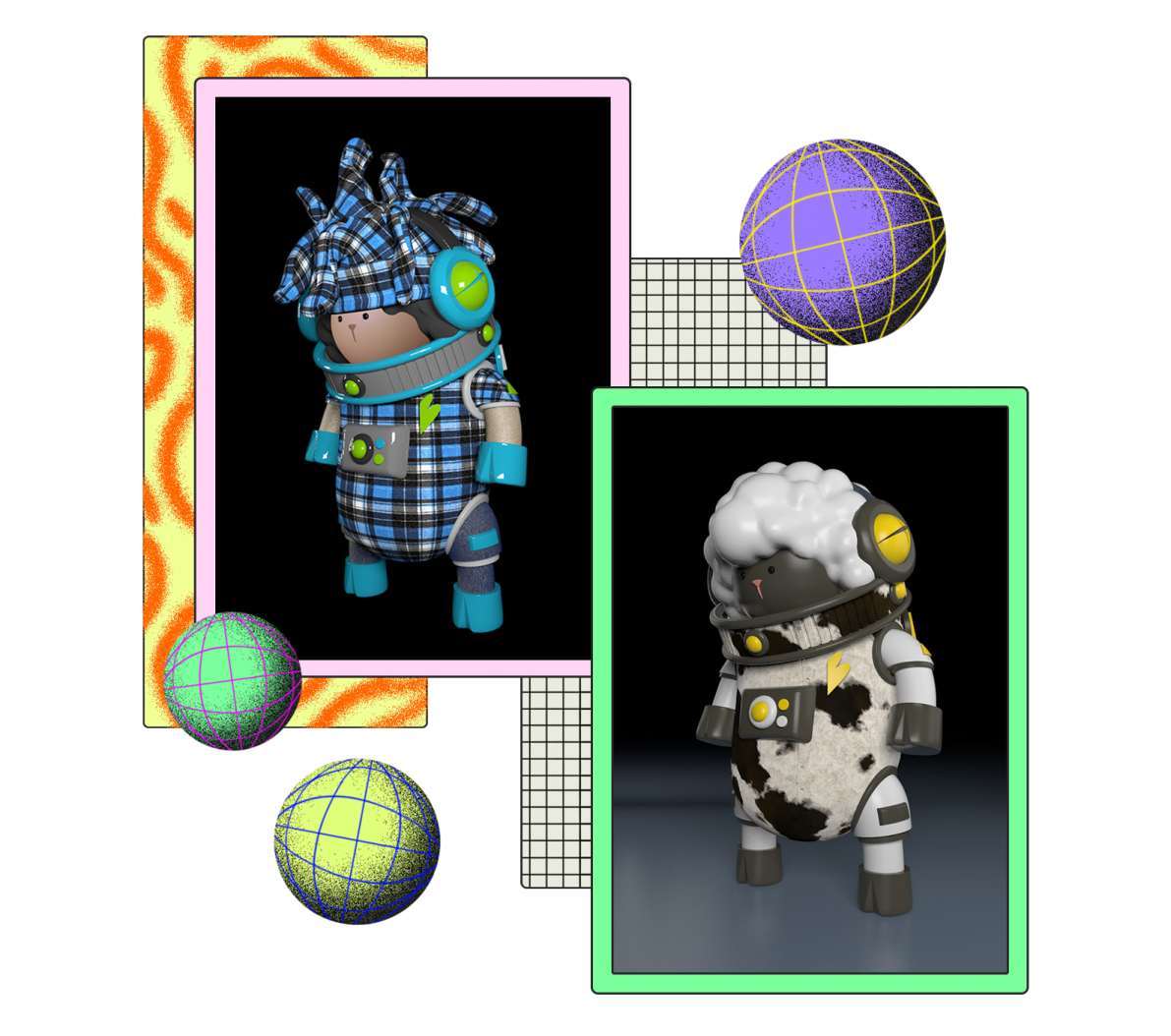
With that in mind, how have they positioned their Meh-taverse collection differently to convey the values that they believe in?
Featuring 2,222 unique sheep, Patrick and Lily shared that they hope to spread the message that we are all sheep and belong to a shepherd — Jesus!
“Each NFT purchased is unique artistically, symbolising how God made us all unique,” Lily said excitedly.
“It started out as a toy project, which eventually turned into a generative art NFT collection. The astronaut suit symbolises the protective covering we need. We’re vulnerable in life, but with God, we’re suited up and powered up!”
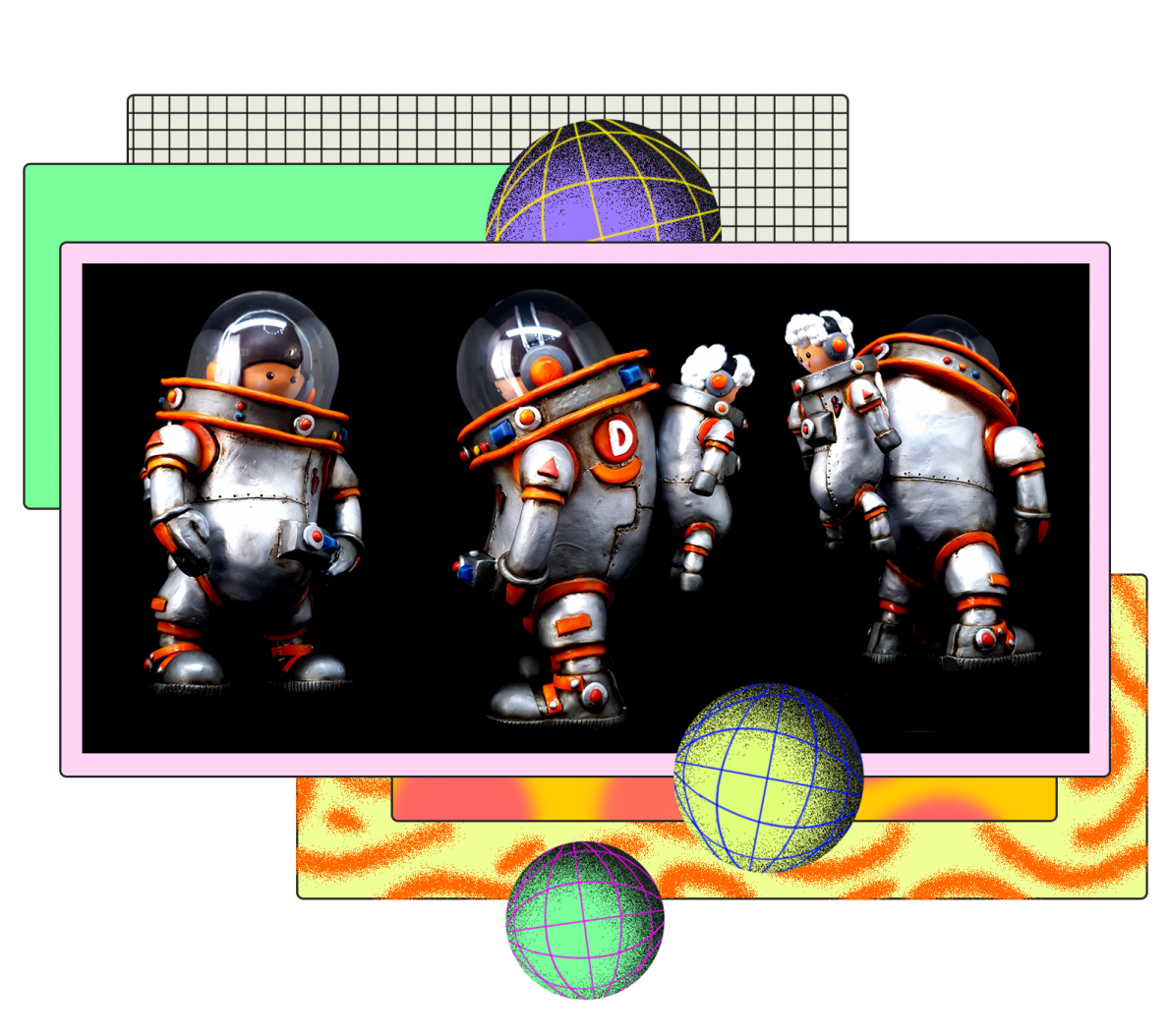
And what does someone get when they buy an astronaut sheep?
“They don’t just get a digital artwork. They become part of our online community, and in our newsletters to everyone, Patrick includes the famous verse from Isaiah 53,” Lily added.
The verse in question?
“We all, like sheep, have gone astray, each of us has turned to our own way; and the LORD has laid on him the iniquity of us all.” (Isaiah 53:6)
And to drive the point home, each sheep has “JN 3:16” emblazoned on each of their suits.
Patrick also disclosed that they intentionally limit the availability of their NFTs and price them way above average even though data shows that they could earn much more if they increased the quantity and lowered prices.
“People told us we were committing financial suicide. But we want people to look at the collection and go, ‘Who is this artist? What am I buying?’ We’re trying to shape a culture; we shouldn’t be following the culture,” Lily explained.
STILL, WHY PAY FOR DIGITAL ART?
Okay, that settled the artistic and spiritual meaning behind the Meh-taverse collection.
But I still wondered: At the end of the day, what separates digital art from real art is how easy it is for me to make a perfect copy.
Why should I buy something I can obtain just by right-clicking and saving? I can then keep it for my own enjoyment and I don’t violate any copyright laws as long as I don’t try to profit from it…
Thankfully, this question was also answered. They explained to me that there are two ends of the spectrum when it comes to NFTs.
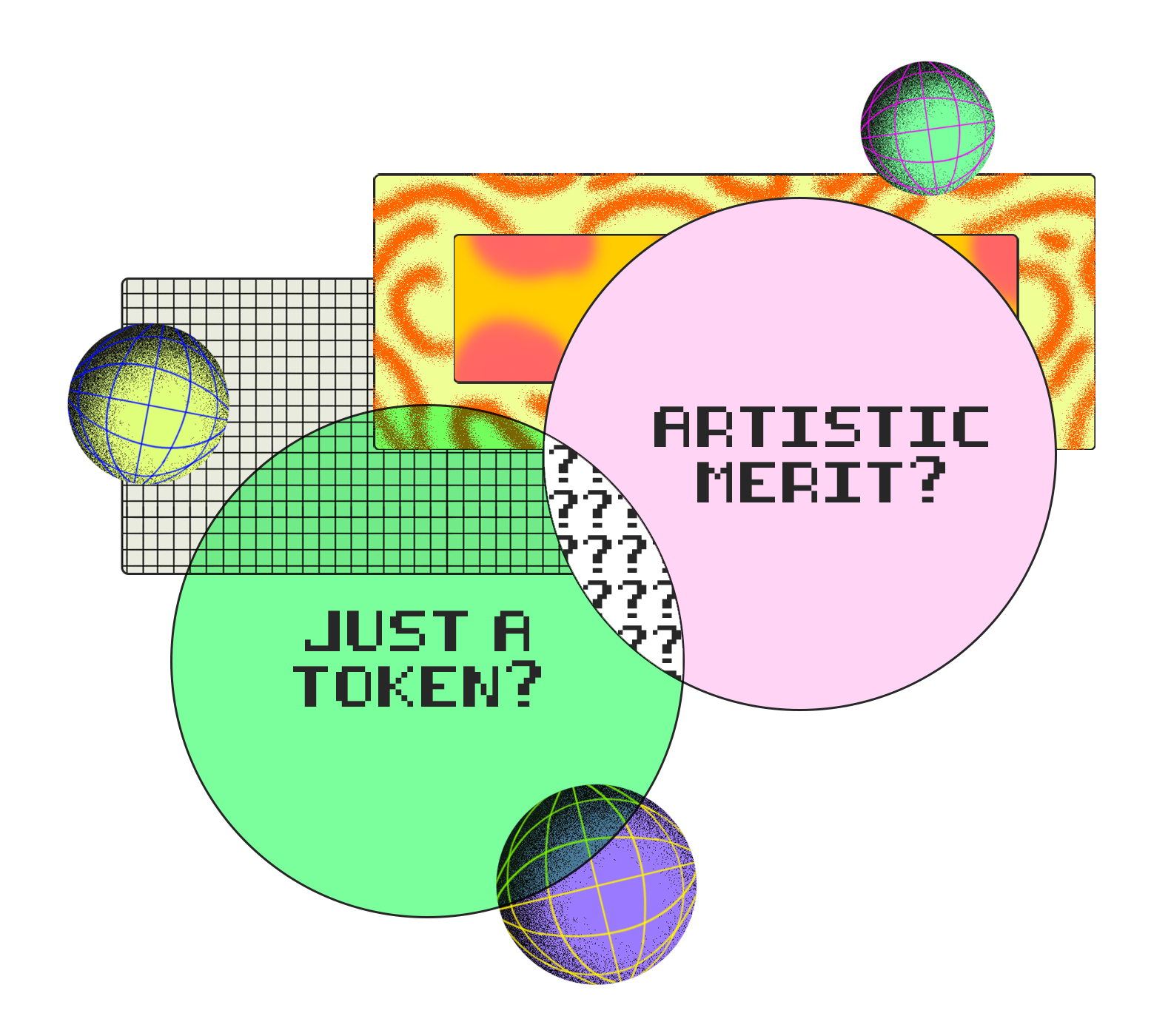
On one end, the value of the NFT is based purely on artistic merit. While you can have an exact copy by “click-click saving” it, the coming metaverse will need its habitants to prove ownership of digital art (through the blockchain) if they wish to display it on their servers. Aha.
On the other end, NFTs can be just that — tokens. These tokens, sans art, give the holders access to certain privileges, like membership to an exclusive online community.
For the Meh-taverse, it’s both. Owners of the NFT get a piece of art (a uniquely generated astronaut sheep) and become Meh-bers (nice).
While the benefits of membership are clearly listed on the collection’s website, what struck me as I conversed with Patrick and Lily was their heart to connect with the community that is forming around their endeavour.
To this end, they’ve also set up a Discord server to be a safe and positive space for anyone interested in NFTs to join for free. They’re hoping that through their Discord community (which already has thousands of members), even non-believers can experience God in a non-religious way.
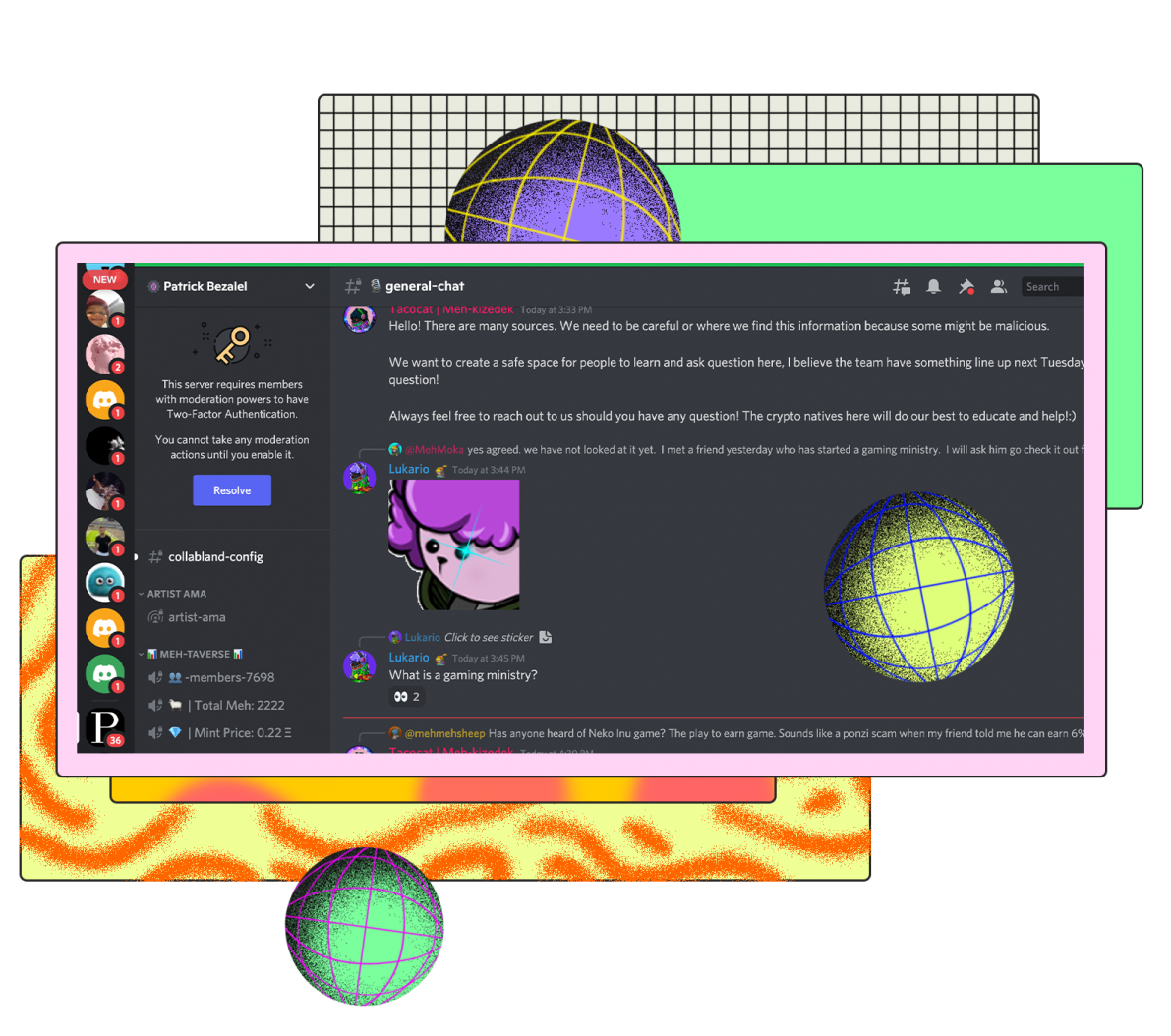
SHOULD THE AVERAGE CHRISTIAN GET INVOLVED?
That said, we all agreed that caution and wisdom is still needed as Christians begin exploring the metaverse and NFTs.
“What we need to be aware of is FOMO. Don’t get into NFTs just because everyone else is doing it. Ask yourself, ‘Do I know what I’m doing?” and “Why am I getting into this space?’” Patrick advised.
“And if you’re an artist and a believer, then you will need to understand your position and the direction of your art before you step in… Do your homework. Study, and find out more about what kind of space the metaverse really is.”
“Don’t get into NFTs just because everyone else is doing it.”
Lily chimed in: “You’ll still need to learn to build an audience the normal way. Just because you’re doing a NFT doesn’t mean you’ll explode overnight.”
And what about the investment side of things?
“We’re not investment experts. But I encourage anyone interested in investing in NFTs to apply the same sound principles of general investing. Check the company (and in this case, the artist’s) background. What’s the trajectory of the project? What’s the track record?” warned Lily.
“Some people try to build hype around some NFTs with the aim of spurring a buying frenzy. They just want to flip NFTs for profit (a practice also known as pumping and dumping). We don’t believe in that.”
At the end of the day, I couldn’t agree more with something Patrick said at the start of our interview.
“If you don’t guard it, values can be stolen. They don’t come around by default. The right values and culture can be like a city of refuge,” he observed.
“Can believers create a space like that to create the right culture and values…a place to come and just really chill without being bombarded by things?”
After all, it seems like the metaverse, or some iteration of it, is here to stay.
So instead of a judgmental attitude of “meh”, how about we approach the metaverse like sheep, clothed in the armour of God, humbly trusting our Chief Shepherd to lead us into this brave, new, terrifying and exciting world?
- Are you interested in investing? How can you guard against greed?
- Can others see the light of the gospel in you? What does it mean to bring God into all that you do – online or offline?
- How can you use the gifts and talents that God has given you to redeem and transform the culture around you?


